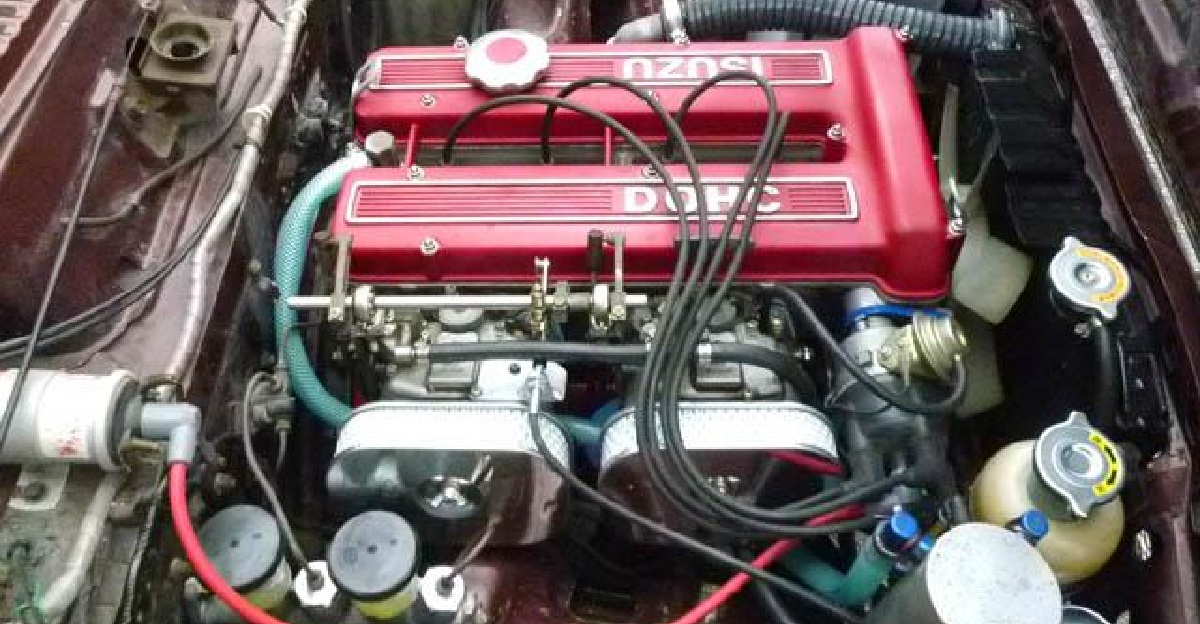Thanks STORM. I read that
other post and you write my thoughts well!

While the subject has been revitalised, I'll add a few more of my thoughts.
Most people are wanting to run LPG in conjunctionm with the original petrol injection system. That isn't what I am setting out to do. Dual fuel is ok but in my eyes it's a compromise. You have to set up an engine to operate in two different modes but one thing you can't tune into that equation is compression ratios. LPG is ideal in an engine with 11.0:1-12.0:1 compression ratios. Pertol engines just don't need that high a ratio, in fact if you ran petrol in it you would only be using highest octane pump petrol. Regular ULP would be a thing of the past.
LPG injection currently comes in two forms. One is as per the Prins-Keihin style of systemn that I have shown at the start of this thread. It uses LPG that has been converted to a set pressure in vapour form. The solenoids used in their system act in much the same way as a set of injectiors do with petrol. The LPG vapor is regulated and supplied by a common rail. as each sloenoid valve is signalled by the ECU it opens for a timed sequence and LPG vapour is fed into the manifold port. This system is designe to be used as a dual fuel system with the petrol injectors still in situ.
The other system I have been watching uses liquid LPG right to the port where it is delivered by a specialised 'injector' nozzle.
Both systems use a specialist EMS that piggy backs to the cars OEM ECU. Now I think that is primarily for ease of fitment to a wider variety of vehicles as well as most people will still wish to use dual fuel.
I want no part of petrol if I go the LPG injection way. Straight gas means no need for any of the petrol components. I am wanting to adapt a Delco 808 ECU so it does with the gas what the OEM ECU normally would with petrol and do away with the expensive piggy back system. I can't see why the programming of a delco can't be altered so it delivers the correct quantity of gas instead of petrol.









